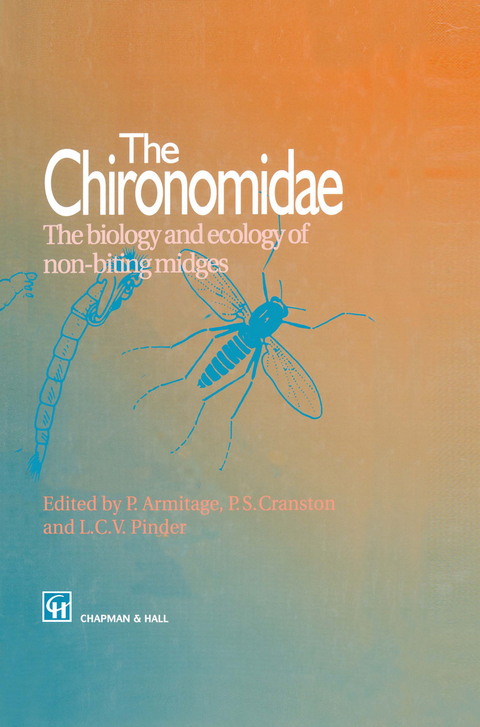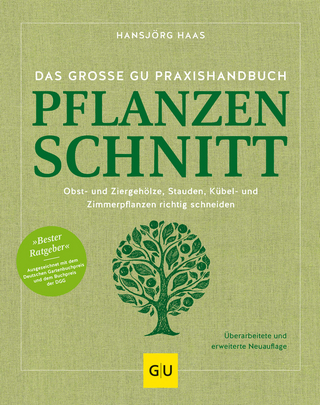
The Chironomidae
Springer (Verlag)
978-94-010-4308-3 (ISBN)
1 Introduction.- 1.1 Introduction to the Chironomidae.- 1.2 Chironomid species richness.- 1.3 Generic richness.- 1.4 Ecological diversity.- 1.5 Physiological diversity.- 1.6 Chironomids and humans.- One Taxonomy, Morphology and Biogeography.- 2 Morphology.- 3 Systematica.- 4 Biogeography.- Two Biology, Behaviour and Ecology.- 5 Biology of the eggs and first-instar larvae.- 6 The habitats of chironomid larvae.- 7 Larval food and feeding behavior.- 8 The pupa and events leading to eclosion.- 9 Behaviour and ecology of adults.- 10 Life cycles and population dynamics.- 11 Production ecology.- 12 Species interactions and community structure.- Three Interactions with Humans.- 13 Nuisance, economic impact and possibilities for control.- 14 Medical significance.- 15 Classification of water-bodies and pollution.- 16 Chironomids as indicators of past environmental change.- 17 Chironomidae as food.- 18 Conclusions.- References.
...well-organized..well-edited...comprehensive overview... - Journal of Paleolimnology
| Zusatzinfo | XII, 572 p. |
|---|---|
| Verlagsort | Dordrecht |
| Sprache | englisch |
| Maße | 155 x 235 mm |
| Themenwelt | Sachbuch/Ratgeber ► Natur / Technik ► Garten |
| Naturwissenschaften ► Biologie ► Evolution | |
| Naturwissenschaften ► Biologie ► Ökologie / Naturschutz | |
| Naturwissenschaften ► Biologie ► Zoologie | |
| Naturwissenschaften ► Chemie ► Technische Chemie | |
| Technik ► Umwelttechnik / Biotechnologie | |
| ISBN-10 | 94-010-4308-6 / 9401043086 |
| ISBN-13 | 978-94-010-4308-3 / 9789401043083 |
| Zustand | Neuware |
| Haben Sie eine Frage zum Produkt? |
aus dem Bereich


